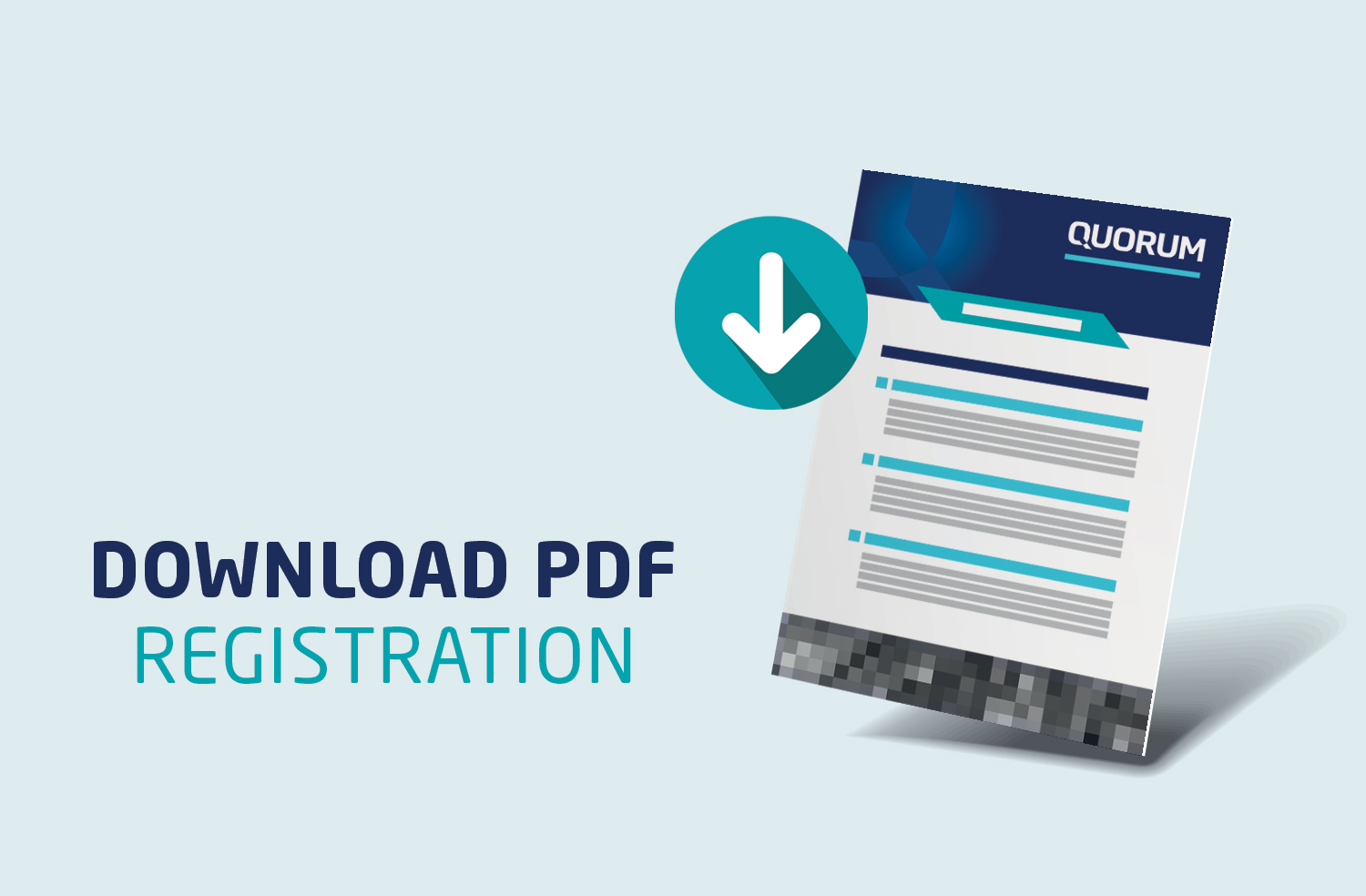Supportability Analysis in Aerospace: Bridging the Gap

What does the defence sector get right that aerospace often overlooks? The answer may lie in supportability analysis.
Supportability analysis makes sure systems and products are easy to maintain, reliable, and ready for long-term use.
At Quorum, we have spent over 20 years helping defence and government clients plan and deliver complex support solutions. Our work spans sectors like aerospace, rail, renewables, and oil and gas.
In this article, we will explain what supportability analysis is, why it matters, and how aerospace can close the gap using proven defence practices.
What Is Supportability Analysis in Aerospace?
Supportability analysis is the process of planning how a system will be maintained over time. In aerospace, this means making sure aircraft and equipment stay reliable and cost-effective to operate. It is about designing systems that break less, can be repaired quickly, and are backed by the right spares, tools, and training.
This kind of planning starts early, typically during the design phase. Engineers look at failure rates, access and availability of spares, and maintenance needs. They also plan for support equipment, technical manuals, training, and supply chains. Every decision affects how much it will cost to keep the system running.
Why Supportability Matters for Defence-Grade Systems
Defence systems face harsh conditions, tight timelines, and no room for failure. They must work because when equipment fails, lives and missions are at risk. That’s why supportability is not optional, it is critical.
In defence, high readiness isn’t luck. It’s built in. Supportability makes sure complex systems perform when it counts, every mission, every time.
Key Elements of an Effective Supportability Plan
A good supportability plan covers everything needed to keep a system running. Here are the key parts:
Maintenance Planning: What breaks, how often, and how to fix it.
- Spare Parts: Which parts to stock, how many, and where to keep them.
- Support Equipment: Tools and test gear needed for repairs.
- Training: Making sure crews know how to operate and fix the system.
- Technical Data: Clear manuals, diagrams, and digital instructions.
- Facilities: The right workshops, storage, and support spaces.
- Obsolescence Planning: What to do when parts become outdated.
These elements work best when planned early and reviewed often. That’s how you build a system that lasts.
How Aerospace Can Learn from Defence ILS Standards
Defence projects follow strict ILS standards because failure is not an option. These standards force teams to think ahead about how systems will be maintained, supplied, and supported from day one.
In aerospace, the focus is often on performance, speed, and innovation. But without a solid support plan, even the best systems can become costly or unreliable over time. This is where defence ILS offers valuable lessons.
By adopting defence-style support planning, aerospace companies can improve reliability, reduce downtime, and control life-cycle costs. It means thinking beyond the first flight, planning for ten years of service, not just ten test hours. Defence doesn’t treat support as an afterthought. Aerospace shouldn’t either.
Common Gaps in Aerospace Support Planning
Many aerospace programmes still treat support as a late-stage task, which leads to problems that could have been avoided.
One common gap is missing maintenance data. Without clear failure rates or task times, it’s hard to plan spares or crew needs. Another issue is poor access in design, parts are hard to reach, tools don’t fit, and repairs take too long.
Some programmes overlook Obsolescence. Parts go out of production, and there is no backup plan. Others skip training or rely on outdated manuals, which slows down repairs and increases errors.
These gaps aren’t small. They cost time, money, and safety. But with early support planning, they can be fixed before they happen.
How Quorum Helps Bridge the Gap
Quorum brings defence-grade support planning into aerospace projects. We help clients think beyond design and focus on long-term sustainment.
Our team works with engineers early to plan maintenance, spares, training, and support tools. We run the analysis such as FMEA and LORA that shows how systems will behave in real use. Then we build plans to keep them running.
We also help fix gaps. If your system lacks manuals, spares data, or a support strategy, we create it. If obsolescence is a risk, we track and manage it.
With Quorum, you get more than advice. You get a plan that works for the full life cycle of your system.
Book an informal chat with Shaun for a free consultation and discover how ILS can propel your operational efficiency and cost-effectiveness to new heights.
Your support engineering insights…



